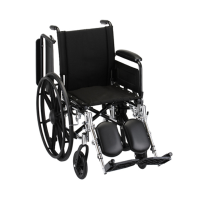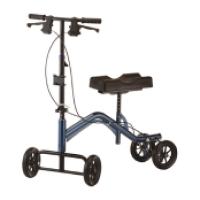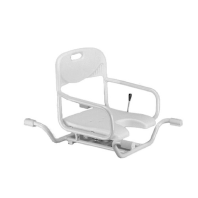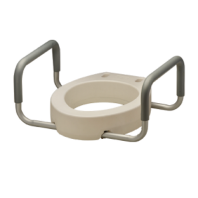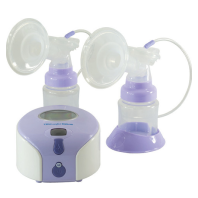March is DVT Awareness Month
Posted by Healthquest on 30th Mar 2022
Deep vein thrombosis (DVT) is a serious condition that affects otherwise healthy people. It occurs when blood clots form in the veins of your legs. The blood in your veins is kept separate from the blood that flows through your veins. When you stand or sit for long periods of time, the blood in your veins can sometimes pool in your legs. This can cause blood to flow back into the veins in your legs. Then, if you move around or get up suddenly, this blood can flow back into the veins in your lungs. This is called venous thromboembolism (VTE). Deep vein thrombosis is a type of VTE that affects the veins in your pelvis or thighs.
What causes DVT?
DVT is caused by the blood not circulating well in your body. This can happen if the valves in your veins are weak or if you have a condition that causes the blood to clot more easily, such as cancer or an infection. Conditions that affect your muscles and joints, such as arthritis, can also make you more likely to get DVT.
Health conditions that increase your risk of DVT
People with risk factors are at increased risk of developing DVT. Risk factors include:
- A previous thrombosis (an abnormal clot in a vein) or venous thromboembolism (VTE)
- Obesity
- Diabetes
- Higher levels of blood pressure
- Smoking
- Immobility (such as sitting for long periods of time)
Risk factors for DVT
Risk factors are not the same as causes of DVT. A risk factor is something that makes you more likely to develop a condition, but it is not necessarily the direct cause of the condition. Risk factors for DVT include:
- Higher body mass index (BMI)
- Increased age
- Increased time spent sitting
How is DVT diagnosed?
Diagnosis of DVT is based on the clinical symptoms of the patient. Your healthcare provider will ask you questions about your symptoms and medical history. He or she may examine you and may order blood tests to check your kidney and liver function. X-rays are sometimes taken to rule out the presence of an object in your veins.
How is DVT treated?
There is no specific treatment for DVT. Generally, you will be advised to take it easy and avoid suddenly standing or sitting for long periods of time. You may be prescribed blood-thinning medication such as heparin or warfarin (Coumadin). A healthy diet that emphasizes vegetables, high-fiber foods, and healthy beverages can help reduce your risk of developing DVT.
Conclusion
You should maintain a healthy diet, get regular physical activity, and control your blood pressure and blood sugar. If you have risk factors for DVT, you may want to discuss with your doctor the benefits and risks of prophylactic (preventive) administration of heparin or warfarin (Coumadin).

